Karl Toepfer: Empire of Ecstasy: Nudity and Movement in German Body Culture, 1910-1935 (1997)
Filed under book | Tags: · 1910s, 1920s, 1930s, avant-garde, ballet, bauhaus, body, dance, expressionism, germany, photography, theatre, weimar republic
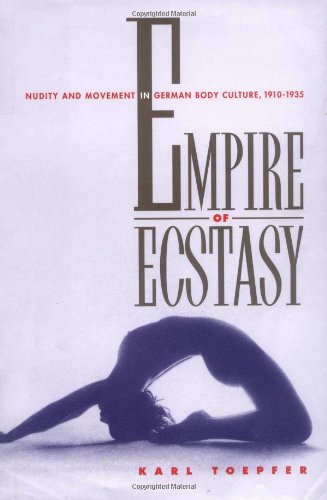
Empire of Ecstasy offers an interpretation of the explosion of German body culture between the two wars—nudism and nude dancing, gymnastics and dance training, dance photography and criticism, and diverse genres of performance from solo dancing to mass movement choirs. Karl Toepfer presents this dynamic subject as a vital and historically unique construction of “modern identity.”
The modern body, radiating freedom and power, appeared to Weimar artists and intelligentsia to be the source of a transgressive energy, as well as the sign and manifestation of powerful, mysterious “inner” conditions. Toepfer shows how this view of the modern body sought to extend the aesthetic experience beyond the boundaries imposed by rationalized life and to transcend these limits in search of ecstasy. With the help of much unpublished or long-forgotten archival material (including many little-known photographs), he investigates the process of constructing an “empire” of appropriative impulses toward ecstasy.
Toepfer presents the work of such well-known figures as Rudolf Laban, Mary Wigman, and Oskar Schlemmer, along with less-known but equally fascinating body culture practitioners. His book is certain to become required reading for historians of dance, body culture, and modernism.
Publisher University of California Press, 1997
ISBN 0520918274, 9780520918276
422 pages
PDF’d HTML, HTML (from the publisher)
See also Mel Gordon, Voluptuous Panic: The Erotic World of Weimar Berlin, 2000–.
Comment (0)Mutually: Communities of the 1970s and 1980s / Navzájem: Společenství 70. a 80. let, catalogue (2013) [EN/SK/CZ]
Filed under catalogue | Tags: · 1970s, 1980s, archive, art, art history, counterculture, czechoslovakia, film, hungary, participation, photography, video
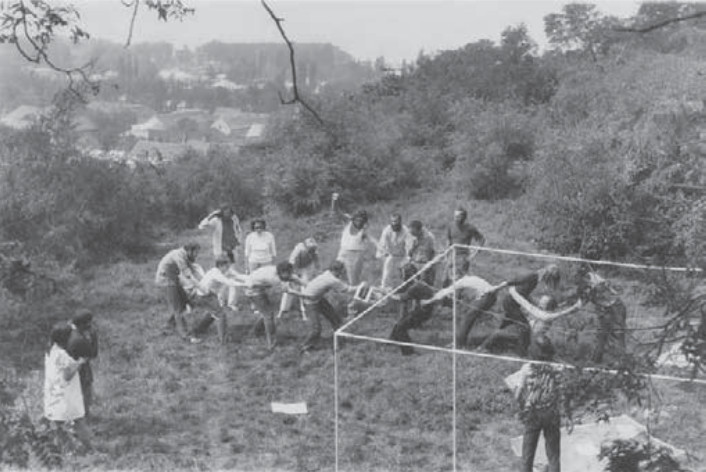
Catalogue for an exhibition held in March-May 2013 at tranzitdisplay in Prague and The Brno House of Arts, Czech Republic, curated by Barbora Klímová, Daniel Grúň and Filip Cenek.
The selected fragments in this exhibition, borrowed from the archives of Moravian, Slovak, and Hungarian artists, reference different communities within the framework of “unofficial culture” during the period of Czechoslovak normalisation in the 1970s-80s.
Publisher tranzitdisplay, Prague, and The House of Arts, Brno, 2013
44 pages
via Academia.edu
ReD (Revue Devětsilu): modern culture monthly (1927-1931) [Czech]
Filed under magazine | Tags: · architecture, art, art theory, avant-garde, bauhaus, constructivism, czechoslovakia, dada, design, film, graphic design, literature, photography, poetry, psychoanalysis, radio, surrealism, theatre
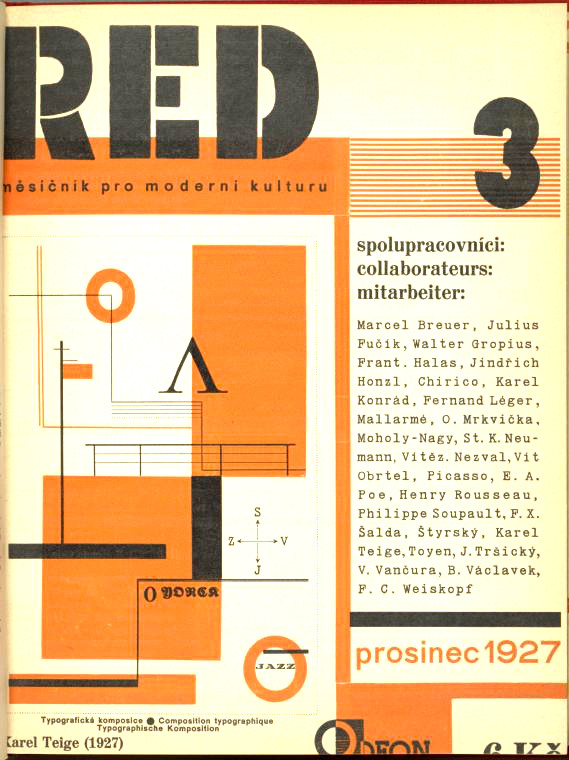
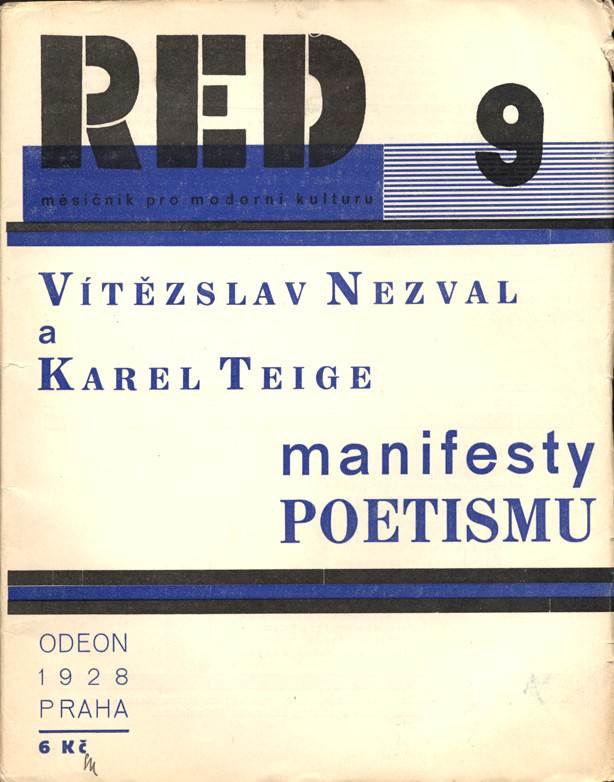
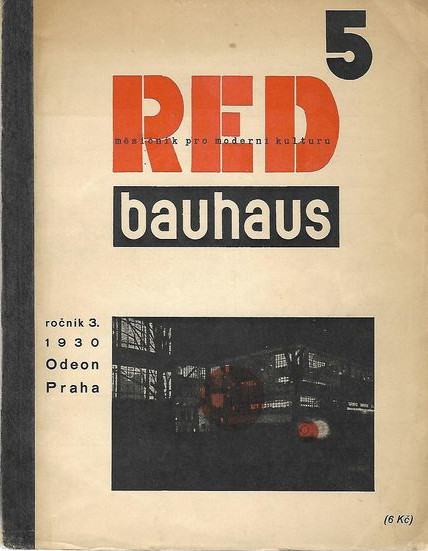
ReD (měsíčník pro moderní kulturu / Revue internationale illustrée de l’activité contemporaine / Internationale Monatsschrift für moderne Gestaltung) was an art magazine published by members of the Czech avant-garde art collective Devětsil.
Thirty numbers were published, with the special issues on the Russian avant-garde, Bauhaus, and photography/film/typography.
Several manifestos appeared in the journal: Toyen and Jindřich Štyrský’s Artificielisme (1:1, 1927), Karel Teige’s second Poetism manifesto [Manifest Poetismu] (1:9, 1928), and the Left Front [Levá fronta]’s founding manifesto (3:2, 1929).
Edited and designed by Karel Teige
Publisher Odeon – Jan Fromek, Prague
via NYPL Digital Library
Each volume in a single PDF (low resolution):
Volume I, 1927-1928 (10 issues, 360 pages)
Volume II, 1928-1929 (10 issues, 324 pages)
Volume III, 1929-1931 (10 issues, 315 pages)
Selected issues in separate PDFs:
The Russian Issue (1:2, Nov 1927)
Foto Film Typo Issue (2:8, Apr 1929)
The Bauhaus Issue (3:5, Feb 1930, partly in German)
JPG pages (search in page annotations):
View online
See also Devětsil: Revoluční sborník (1922), edited by Jaroslav Seifert and Karel Teige, in Czech.
Comment (1)
